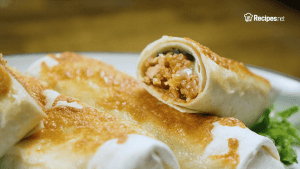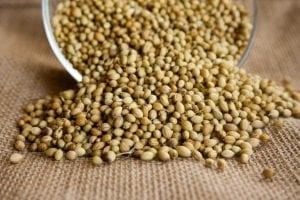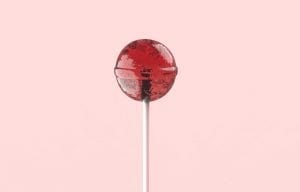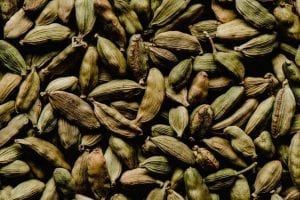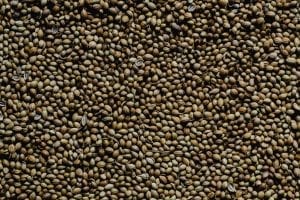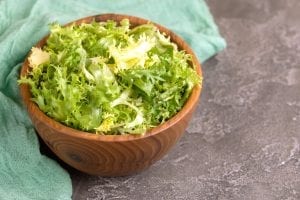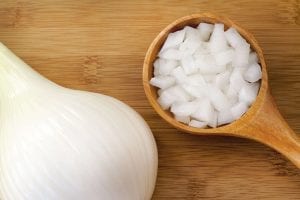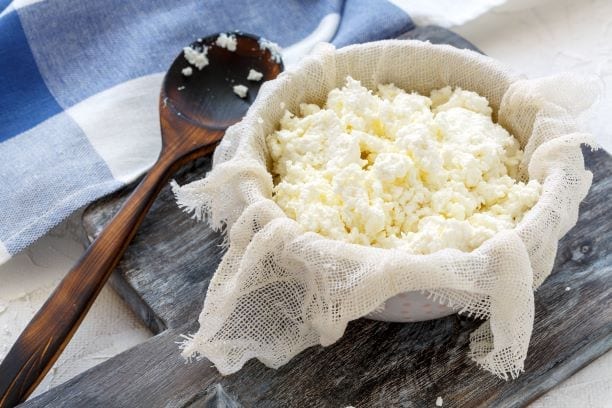
Cheesecloth is every home chef’s life savior. It’s one of the cooking essentials you should have in store because you’ll never know when it’ll come in handy. But when it does, it will surely save you a lot of time, effort, and money.
Read on to discover how this item can be of good use (aside from filtering, of course!). We’re sure you’ll enjoy this as well as our other useful kitchen hacks.
What is Cheesecloth?
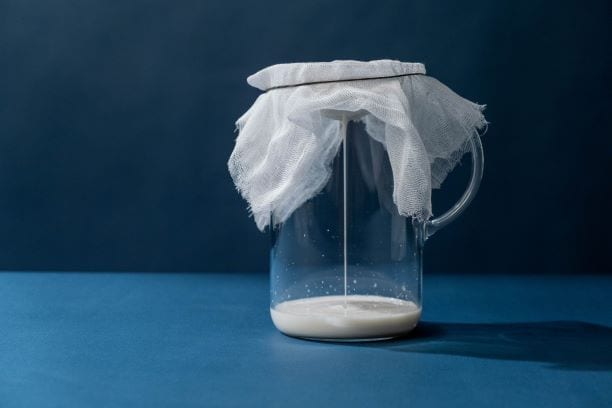
Cheesecloth is made from woven cotton cloth similar to gauze fabric. It’s breathable, soft, and airy in texture. The thickness or looseness of the threads per inch of the cloth varies upon its grade.
It has at least seven grades, which range from open to extra-fine weave. The higher the grade and thread count, the more durable and thicker the cloth gets.
What is Cheesecloth Used for?
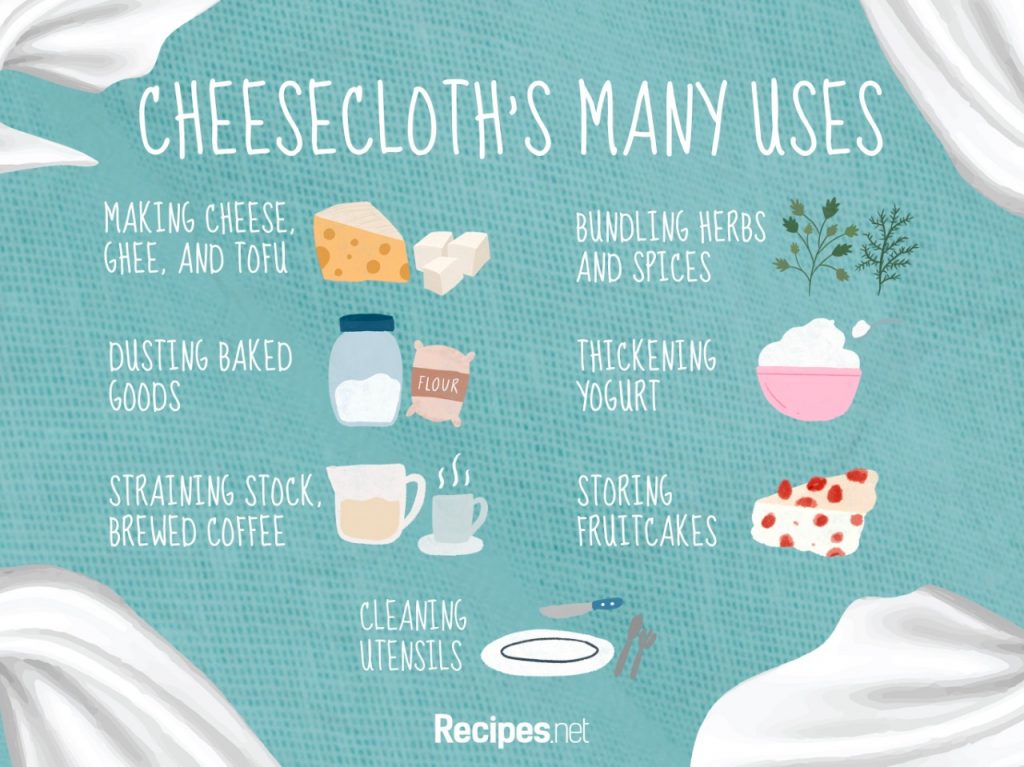
Primarily, cheesecloth is used to drain whey during the cheese-making process. Upon making cottage cheese or ricotta cheese, whey is filtered out while the curdled substances that will eventually be cheese need to be caught. And since cheesecloth has a loose weave, it is great for filtering the cheese curds.
Apart from that, there are a variety of food preparation ideas you could actually use this item for. Aside from making cheese, straining water, and capturing solid food particles, you can also use this multi-purpose cloth to ease your other cooking routines such as:
Food-Related Use:
- Bundling herbs and spices – You can place your herbs and spices into the cloth, then tie and soak the cloth into your pot. Get all the flavor of the herbs and spices after boiling without having stems or sticks floating in the broth or soup. You can see an example of how it’s done in this recipe for tortellini in rosemary broth.
- Dusting baked goods – Shower your desserts with sugar, cocoa, or powdered cinnamon to make it look more presentable and appetizing.
- Thickening yogurt – You can use cheesecloth to strain yogurt and let the whey drip out for an hour to make desserts like this delectable Shrikhand recipe, too.
- Making ghee – You can make ancient Indian butter using this handy kitchen essential as well. Layer the mouth of your mason jar with a fine sieve and a cheesecloth when making this Ghee recipe, otherwise known as clarified butter. Pour your ghee mixture into the jar and all the unwanted particles will be filtered by the cheesecloth.
- Storing fruitcakes – In case you wish to age some gumdrop fruitcake you made, you can use a handy cheesecloth to do it. Rinse your cheesecloth under hot water, wring it out, then place it in a bowl. Soak it in brandy, bourbon, whiskey, or rum then wrap it around your fruitcake. Afterward, you can wrap your dessert with plastic wrap and store it.
Non-Food Use:
- Bandage – Cheesecloth and medical gauze are basically the same in terms of fabric material and structure. If you happen to wound or burn yourself while cooking in the kitchen, you can use cheesecloth in lieu of medical gauze. Clean your wound with soap and water and cover it with a clean cheesecloth.
- Cleaning utensils – Polish your pots, pans, and utensils with the use of dampened cheesecloth and some baking soda. But careful with the baking soda! If you’re cleaning aluminum cookware, rinse it off quickly, because if it stays on it for too long, it can make the color of your cookware fade.
Substitutes for Cheesecloth
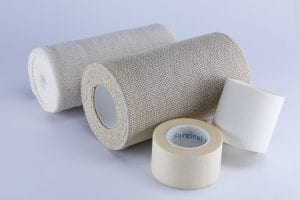
If you forget to buy a cheesecloth or if there’s an unexpected dinner party at home, you can use any of these cheesecloth substitutes that may just be sitting around your house.
- Muslin – Muslin fabric has a very fine weave material. This will allow the liquid to pass while preventing any solid particles from seeping through, making it a good substitute for cheesecloth.
- Medical Gauze – Medical gauze is relatively thinner than the cheesecloth fabric. So, you need to use more layers of it for it to be just as an effective strainer. You can always adjust the number of layers required to strain the food product.
- Coffee Filter – Disposable coffee filters will work just fine for draining purposes, too. Since the weave of the material is pretty tight to effectively filter your coffee grounds, it also makes a good strainer.
- Clean Sock – A clean and washed cotton sock also works as a replacement for cheesecloth. It’s easy to find at home and is easy to wash, too.
- Mesh Bag – Cleaning cheesecloth can be tedious for some, so other cooks opt to use fine mesh bags instead. They’re also a lot more durable too!
- Or Any Cotton Fabric, Really! – Since cheesecloth is made of cotton, other types of cotton fabric that you can easily find in your own home will work just as fine. So, if you don’t know where to find a cheesecloth, you can use a pillowcase, bandana, or handkerchief instead. Just make sure they’re clean before you use them on your food!
Note: These substitutes for cheesecloth are all good options, but don’t forget to consider what exactly will you be using the fabric for. Certain foods may need larger or thicker cloths to suit their size and/or usage.
Where to Buy Cheesecloth?
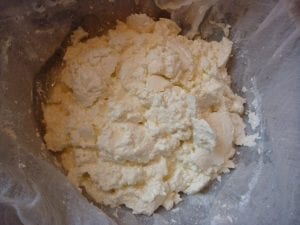
Rebecca Siegel | Flickr
You can find cheesecloth in supermarkets, grocery stores, or fabric or sewing stores. If you’re lucky, you might find some stores that sell the cheesecloth grades that you’re looking for.
If it happens that the grade that you’re looking for is unavailable, as they may come in a one-size or one-grade only, then here’s a trick you can do. Just buy multiple sheets and fold it in layers to achieve the specific thread thickness or size of holes that you’re aiming for.
However, you don’t necessarily have to go outside just to purchase one. There are a lot of varieties of cheesecloth that can be found in online stores that sell kitchenware. Take for example, unbleached cheesecloth that’s good for straining, cooking, or baking. It’s also lint-free, meaning only pure cotton is used and not recycled fibers. Other cheesecloth bags or towels are easy to find online too.
How to Wash Cheesecloth
Included in the many varieties of cheesecloth is the reusable kind, which is a bit pricey but overall has high quality. This is much better since you won’t have to buy new sheets every time. There are two ways you can wash them:
By Handwashing
- Wash cheesecloth in hot water gently, immediately after use. This is so that the food stains won’t sit on the fabric for too long. Remember not to scrub the fabric.
- For those with stronger stains, mix together some baking soda and hot water and let the fabric soak in it for about half an hour. After, remove and wash through with water.
- Boil the cloth for a maximum of 5 minutes to eliminate any harmful bacteria that may remain. The best practice would be to boil the cloth every time you use it to make extra sure that it’s clean.
- Lastly, hang it outside and let it dry under the sun.
By Washing Machine
- Soak your cheesecloth in hot water after you use it so that the food stains won’t set into the cloth. Hang it to dry, then put it into the washing machine. Do not put it if it’s still wet because it can encourage mold growth.
- You can use mild and unscented detergent to wash the cloth to remove stains. Since we’re using a machine, opt for washing your cheesecloth along with other kitchen towels so that the fabric won’t break.
- After washing the cheesecloth, you can dry it together with the other towels as well. Use the machine or hang them outside your house.
- Fold the fabrics properly and store it in a cool, dry place. You can also place it in a resealable plastic bag for storage.
Cheesecloth has many uses and is a must-have item in everyone’s kitchen.
Cheesecloth proves to be a valuable piece in your home, with many uses that range from cooking to other practical uses outside the kitchen. It’s not only reusable but also eco-friendly and easy to store as well!
Was this page helpful?
Read Next: How to Use a Bamboo Steamer Guide


